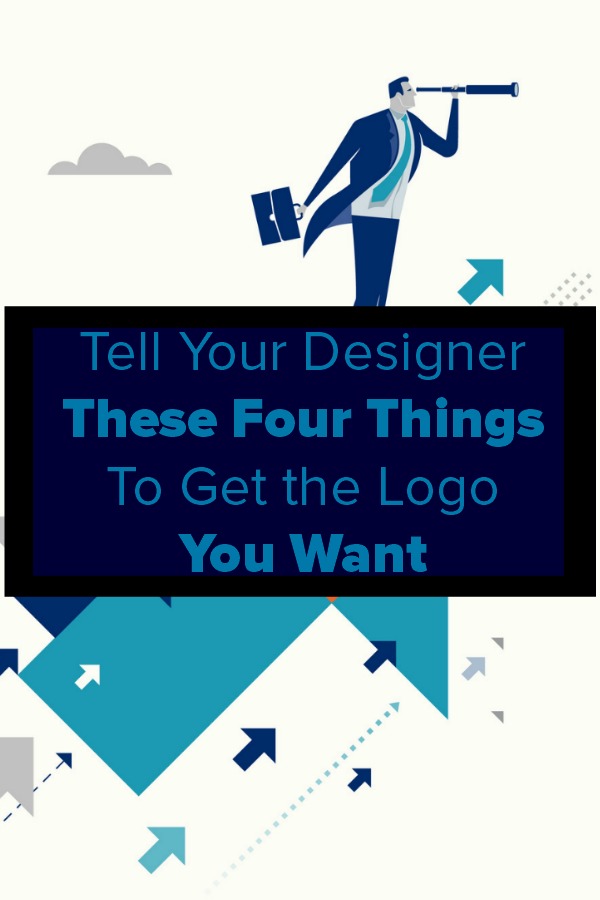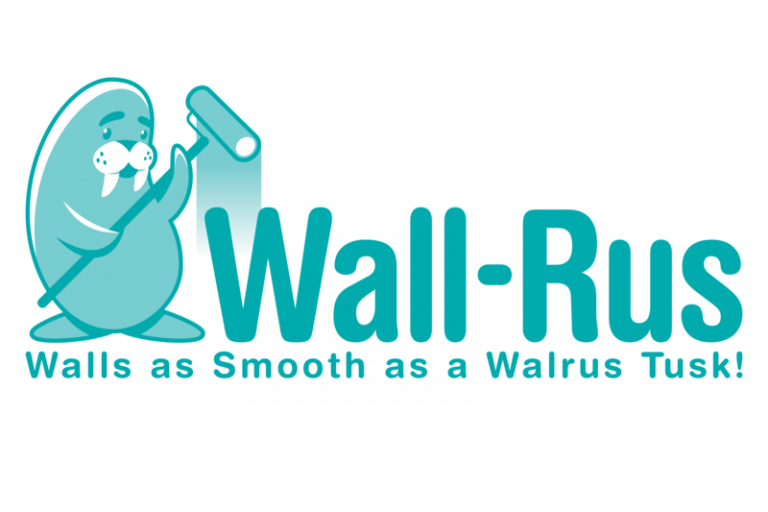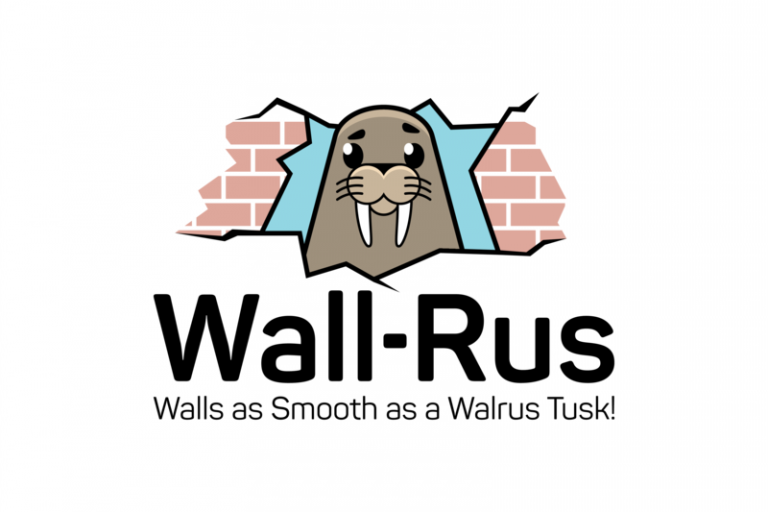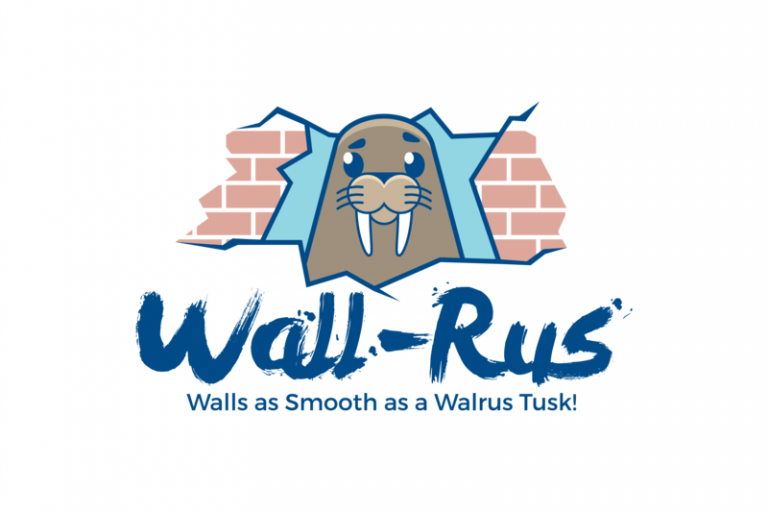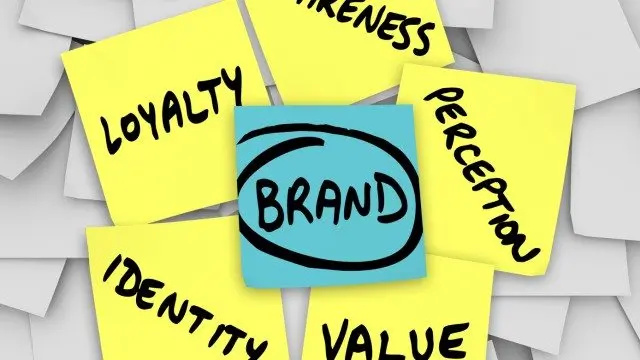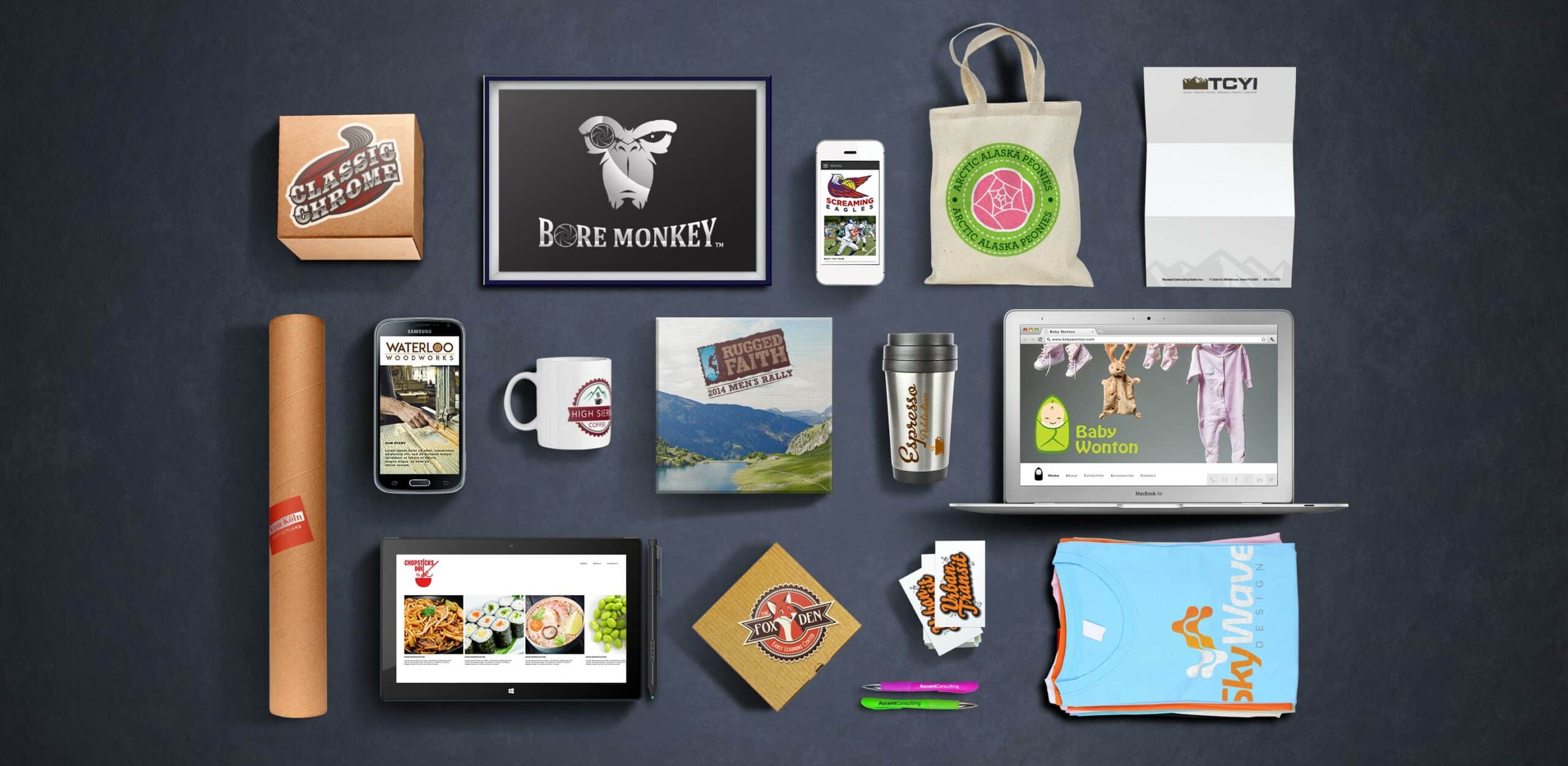If you don’t know anything about design and you’re hiring us to do all of that work for you, it makes sense that you don’t want to get in a logo designer’s way. After all, you want a logo designer or a team of logo designers to be able to do your logo design as freely as they want, and you think that staying out of their way is the best way to do it. You think, perhaps, that giving a designer some logo design direction will stifle their creativity, result in a bad product and frustrate the people you paid to create the very beginnings of your branding.
In fact, this isn’t the case at all.
So if you actually should be giving your logo designers some design direction, what exactly are you supposed to be saying? While there are some things you could say that might confuse a designer or otherwise lead them in the wrong direction, the best way to lead a designer astray is to say nothing at all. Often, this lack of direction comes across in well-intentioned phrases like “Well, you are the designers, I don’t want to get in your way!” and “gosh, I don’t really know anything about design, how am I supposed to help?”
The truth is that while you aren’t putting pen to paper or, in this case, mouse to computer screen, you are ultimately the designer. You have the final say on everything in the design process (at least, we can tell you that’s how it works here at Logoworks). Just like you wouldn’t go to a diner and tell the waitress that whatever’s hanging around is good enough, you shouldn’t tell a designer that you don’t know what you want. Since what you want can be difficult to define sometimes, we’ve come up with a few things to consider before you present an idea to your logo designers. Remember, their entire job is to ensure you adore the representation your logo design gives you; taking the information you get from this post to your logo designers will only ensure better results, less confusion, and a really fantastic logo.
Describe What Your Company Does in 10 Words or Less
Color, style, and overall “feel” of your logo all start with what you’re trying to say through your brand. Often, this can be consolidated to ten words or less, and will start the ball rolling with your logo designers. Lists of descriptive words or phrases like “walls” “home improvement” “Walrus” “quality” “professional” might get you something like this:
And “Walrus” “punny” “silly” “fun” “home improvement” “walls” “quality” might get you something like this:
And if we add “fancy” into the mix, then maybe we would get this charming fellow:
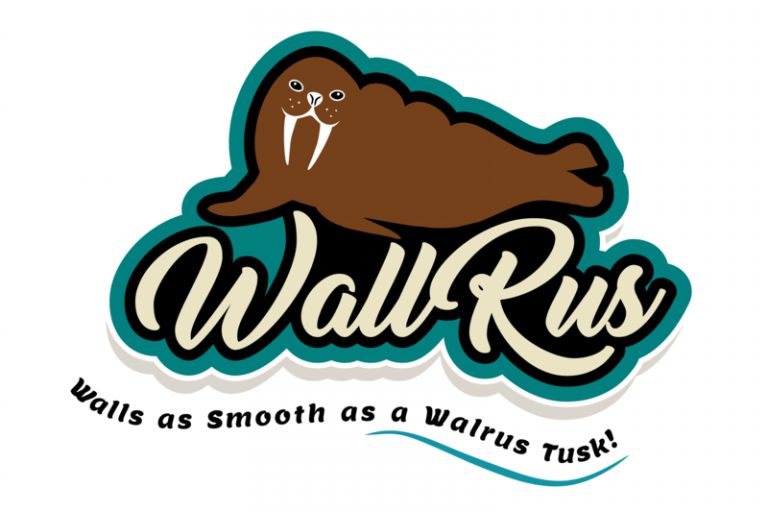
Why yes, we did pay our designers to do these logos – because we pay all of our designers for all of their work – aren’t they charming?
The point is that the words you use to reflect your company matter – how you describe your company and what it does is what you want to see in the face of it.
Think of Three Things You Want Your Logo to Accomplish
While we didn’t put a word limit on this one, you should still keep your answers fairly short. What message do you want your logo to convey? How do you want to say it? What do you want your logo to do? Logos can inspire people, bring people to tears, or make people snicker. It’s hard to do all three, so make sure you have an idea of what your logo designers need to accomplish with their initial designs.
Examples of Logos You Like
Most logo designers will ask what kind of layout you want for a logo – we do, certainly – but any help above and beyond that will give you a better first round of designs. Sometimes these examples can come from competitors, but they don’t have to.
Your Basics
Believe it or not, this is all the way down at #4 because it isn’t the most important thing to consider. What your brand looks like, your color preferences or fonts and colors you already use are extremely important, but a designer doesn’t need them initially to start thinking of what they want to work up for you. Design is more than just color, just like a person is more than just their body – but that’s the first thing you see on the outside.
So definitely tell your designers about your basics; otherwise, you might get the adorable “I painted on the wall!” font when you really meant “professional”, not “professional for a Walrus”:


